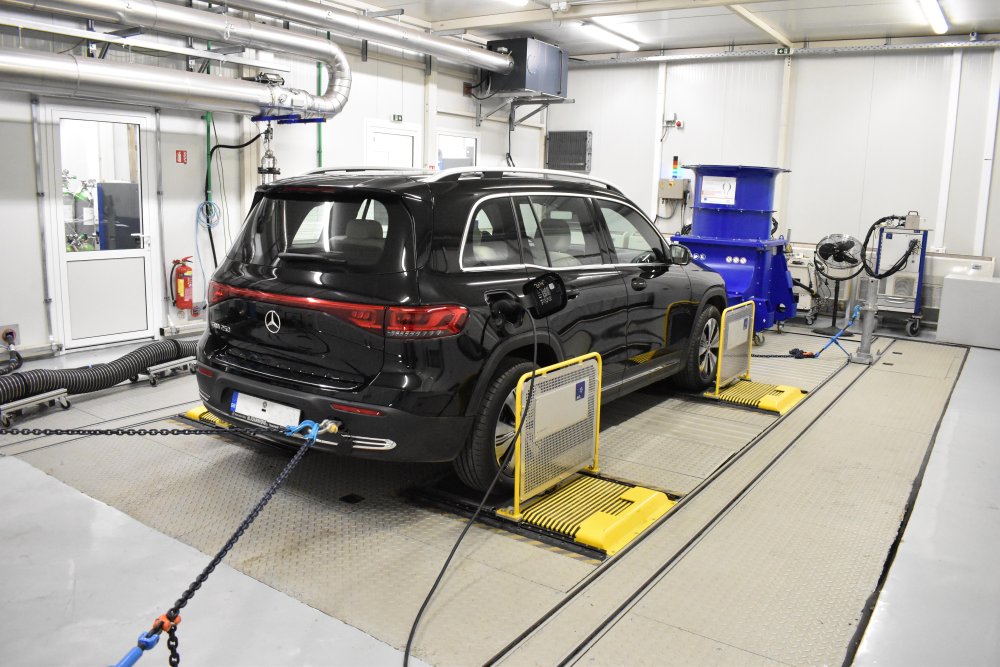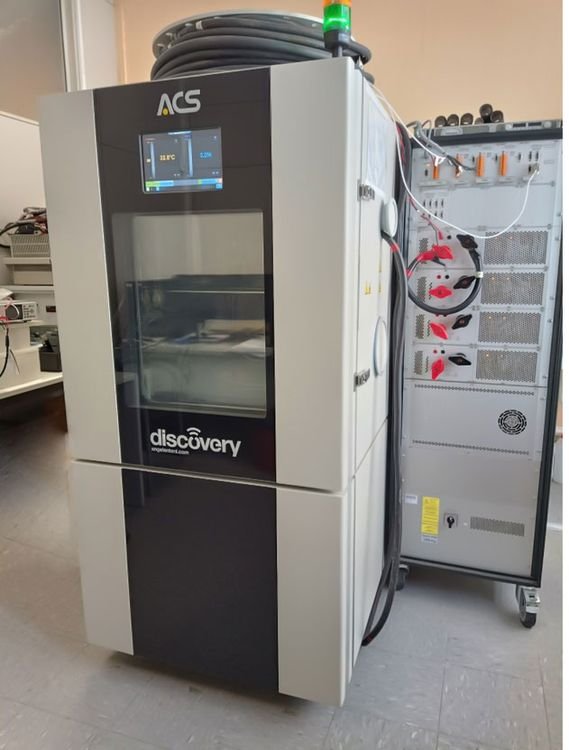ARISTOTLE UNIVERSITY
FACULTY OF ENGINEERING
SCHOOL OF MECHANICAL
ENGINEERING
ARISTOTLE UNIVERSITY
FACULTY OF ENGINEERING
SCHOOL OF MECHANICAL
ENGINEERING
Powertrain and Emissions
Comprehensive testing and evaluation of combustion, including light-duty vehicles and two-wheelers has always been the beating heart of our lab. Our work gradually expanded to electrified vehicles, non-exhaust particle emissions analysis (brake, tyre), On-board Diagnostics (OBD), and On-board Monitoring (OBM) for emissions and power flows. Over the years, we have built a full array of testing and measurement equipment to understand vehicle operation, powertrain performance and pollutant formation processes. Most importantly, we are always eager to innovate when we have to address complex testing and experimentation challenges!

Battery and Energy Systems
Our research in battery and energy systems at LAT involves testing and evaluating battery cells and modules, optimizing their thermal management, and conducting electrothermal battery modeling. We also focus on alternative fuels combustion and their use in power systems (engines, fuel cells), along with developing energy and power optimization algorithms using both conventional techniques and machine learning methods. Multi-physics simulations of power systems, including engines, motors, batteries, and fuel cells, are also a significant part of our work.

Environmental Impact and Sustainability Research
LAT is dedicated to assessing and mitigating the environmental impact of transportation and energy systems. This includes life cycle assessments of energy carriers, pollutants dispersion analysis, and atmospheric dispersion modeling (CFD, mesoscale models) for vehicles on land and sea. We also focus on field and on-board pollutant measurements and develop optoacoustic sensors for pollutants monitoring, including black carbon. Energy and GHG projections are also a key part of our research.
